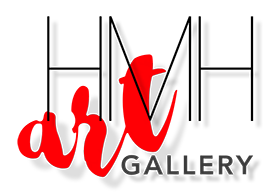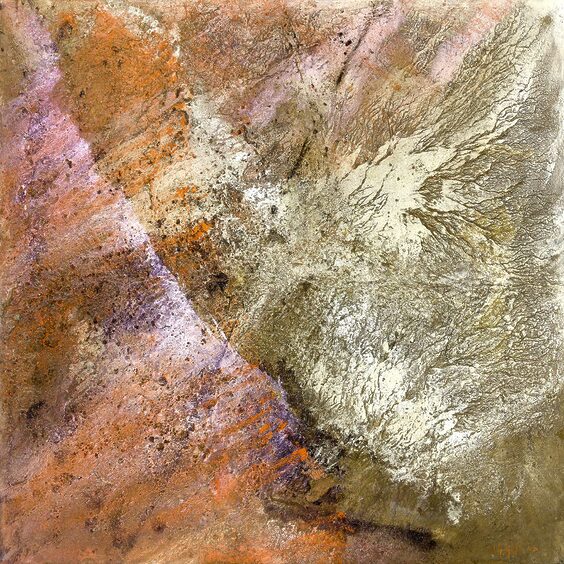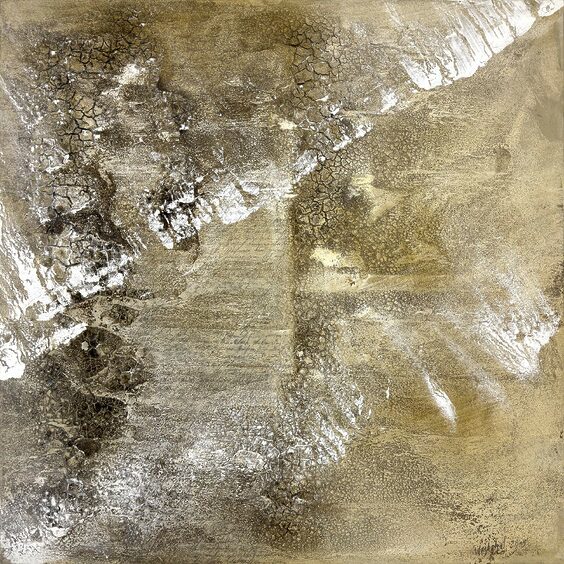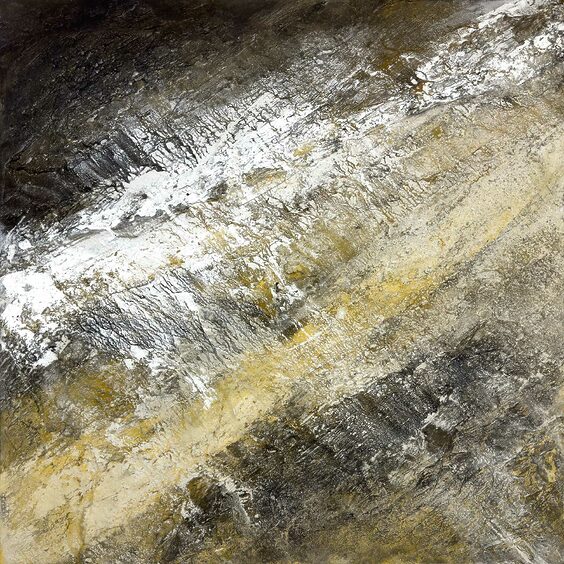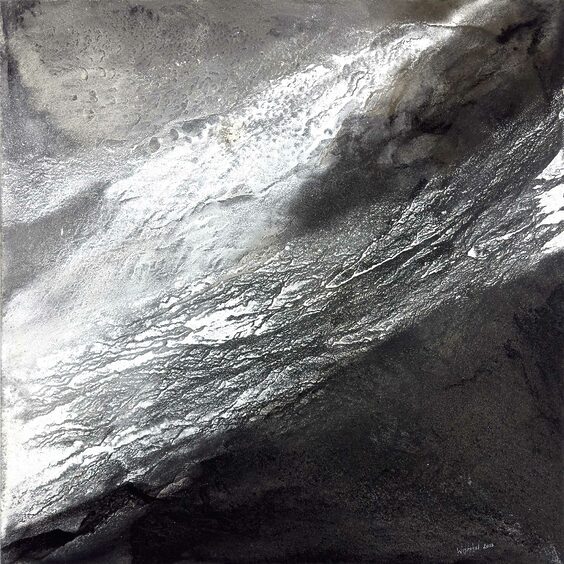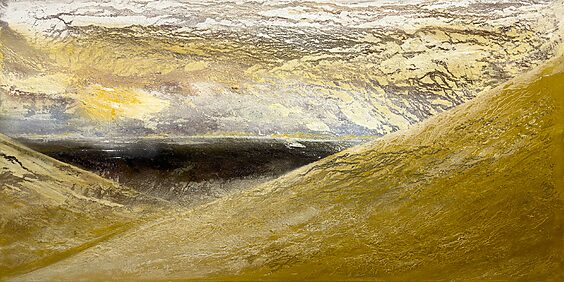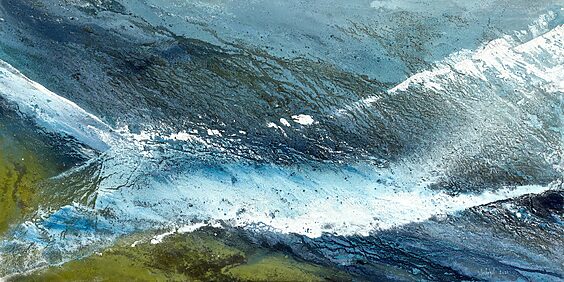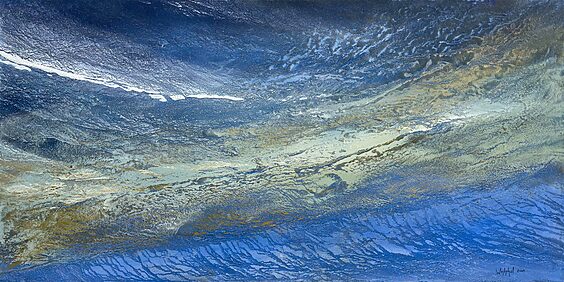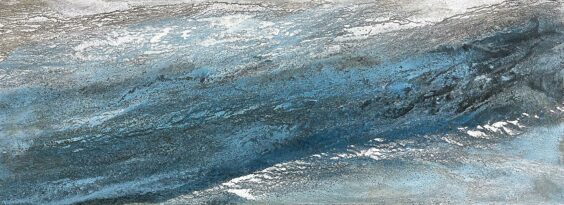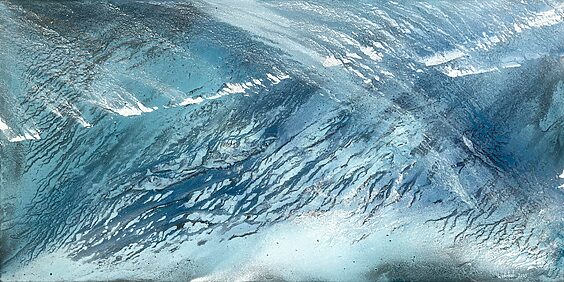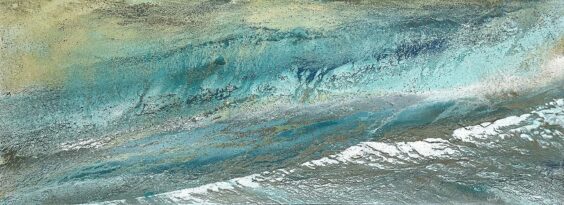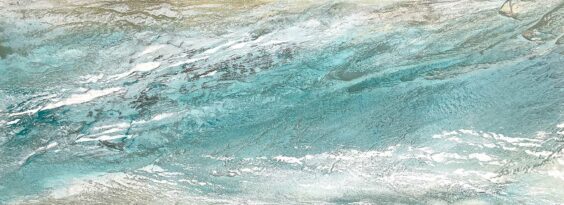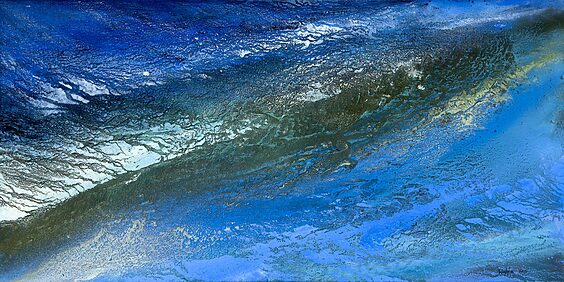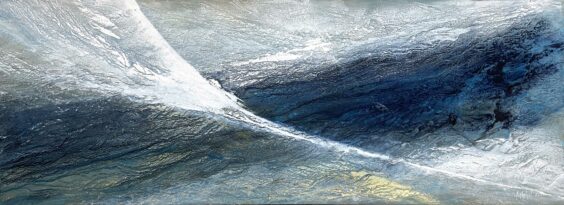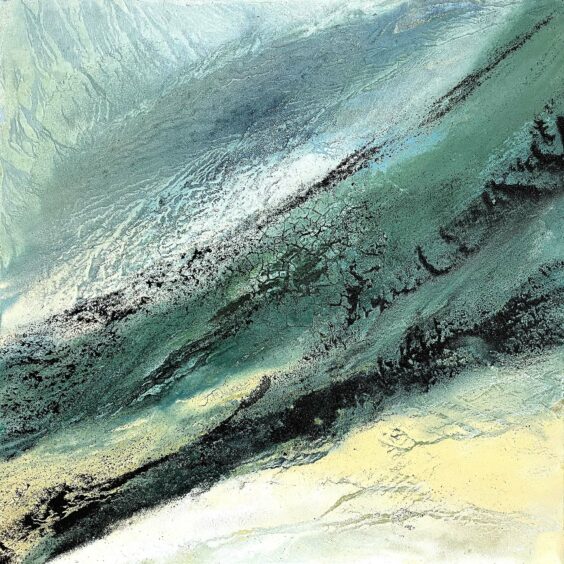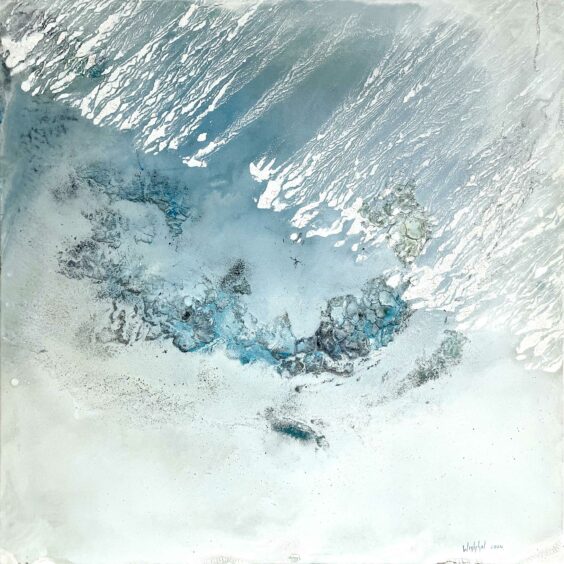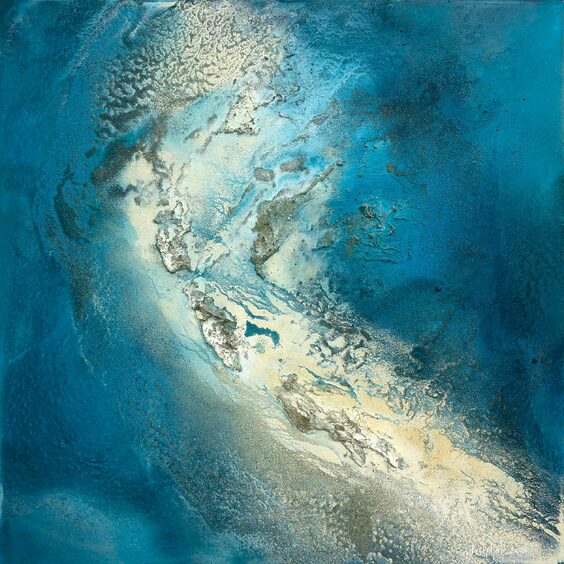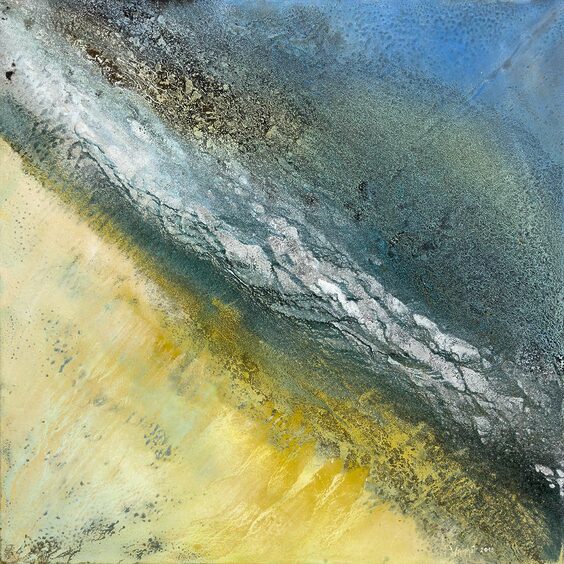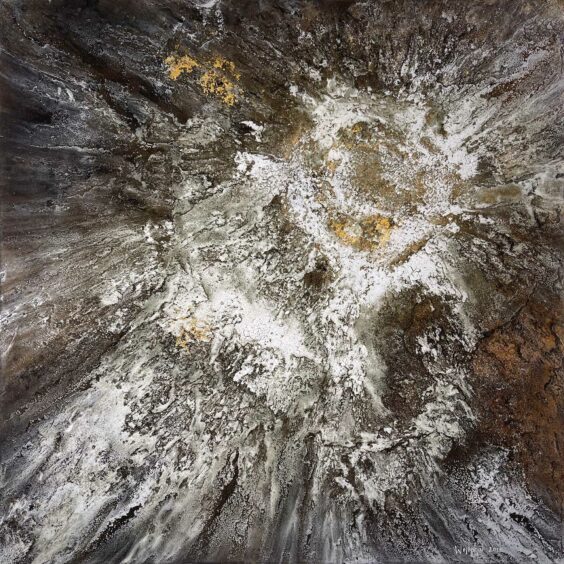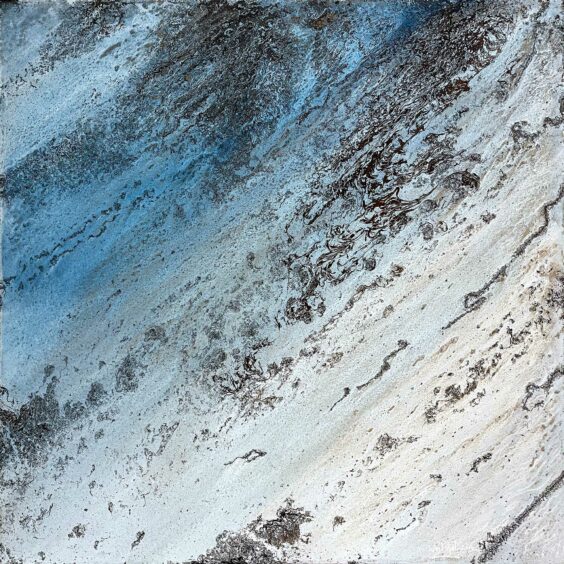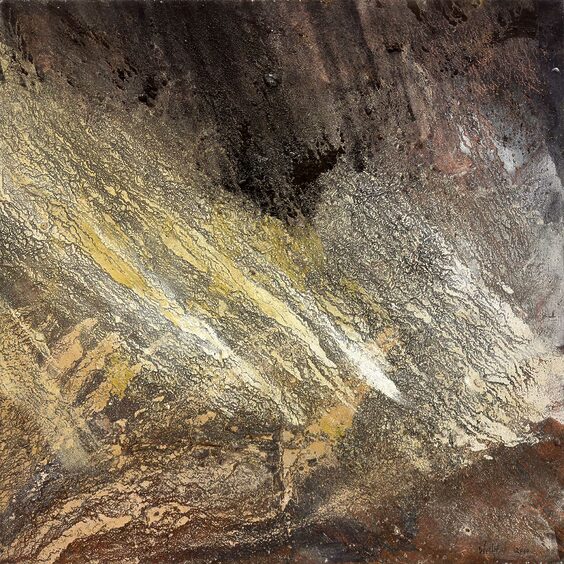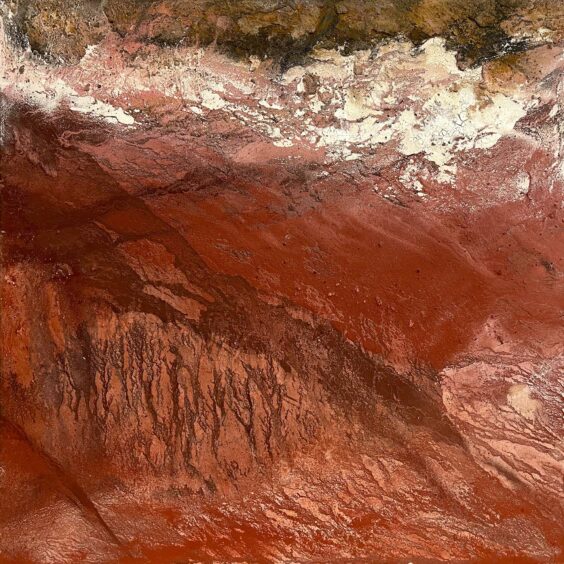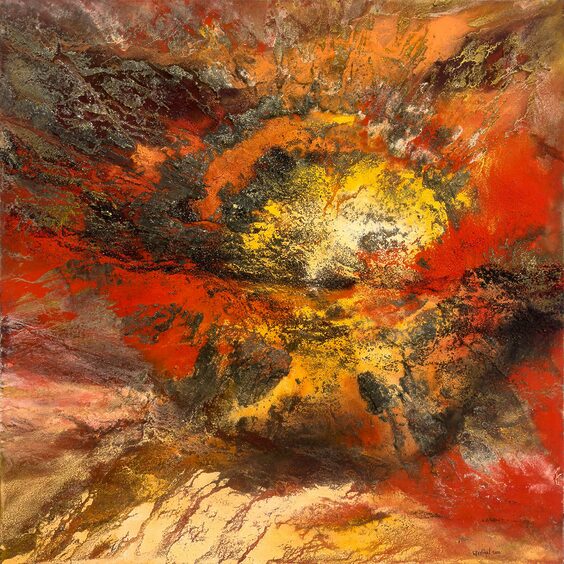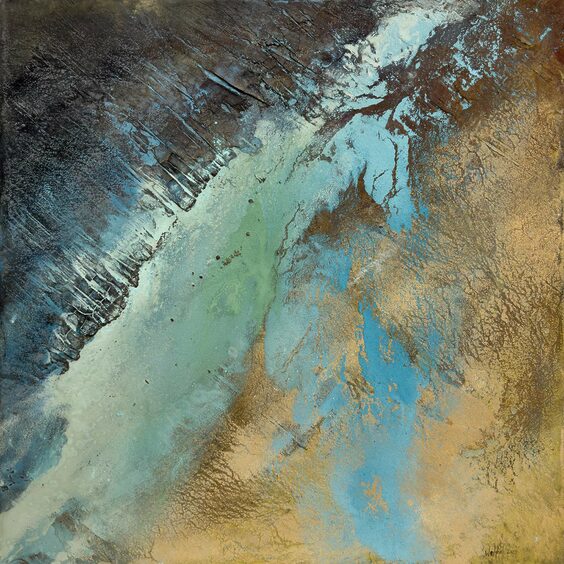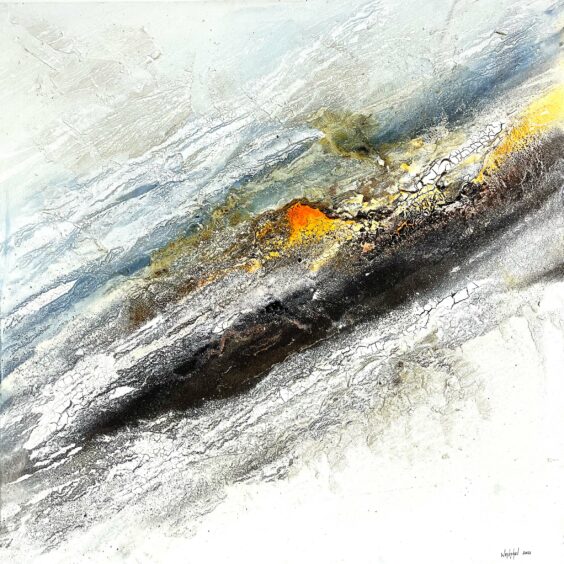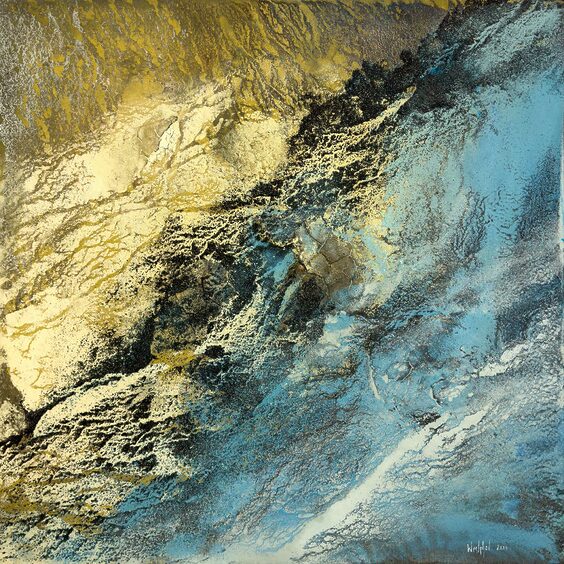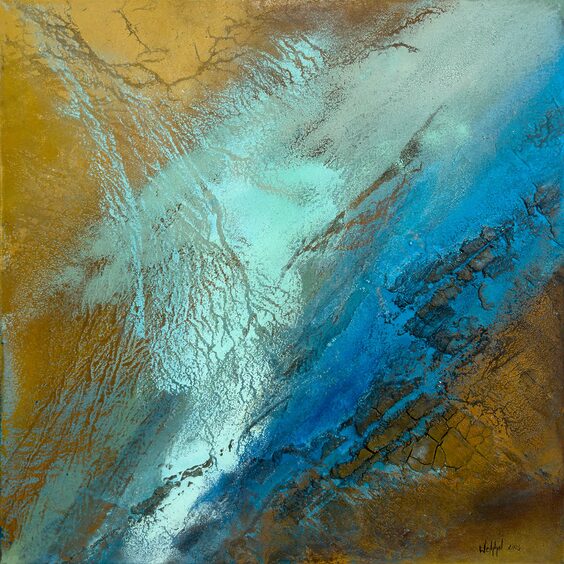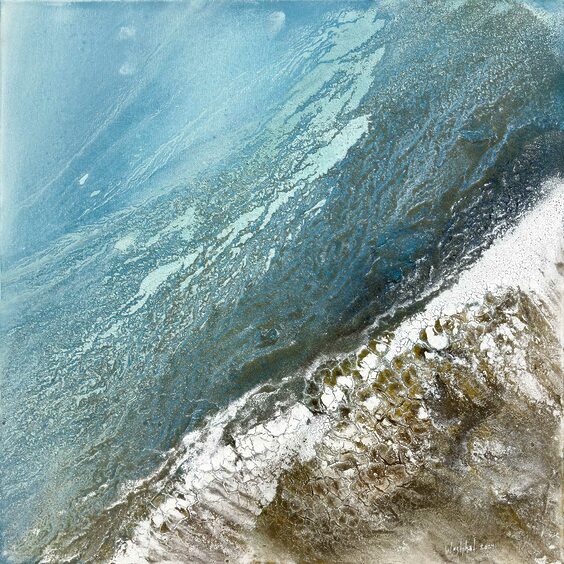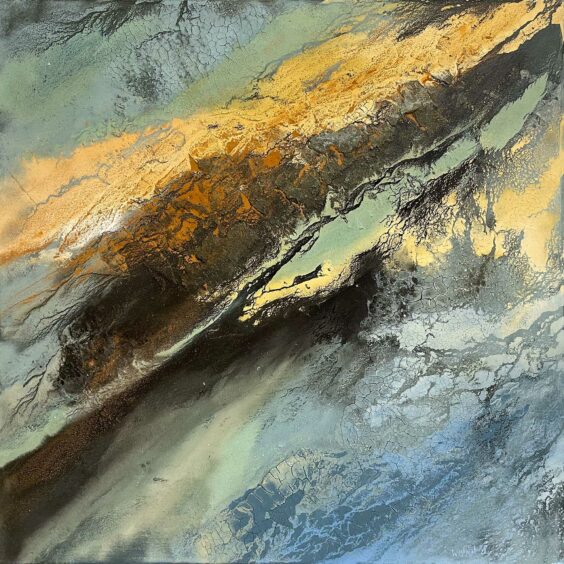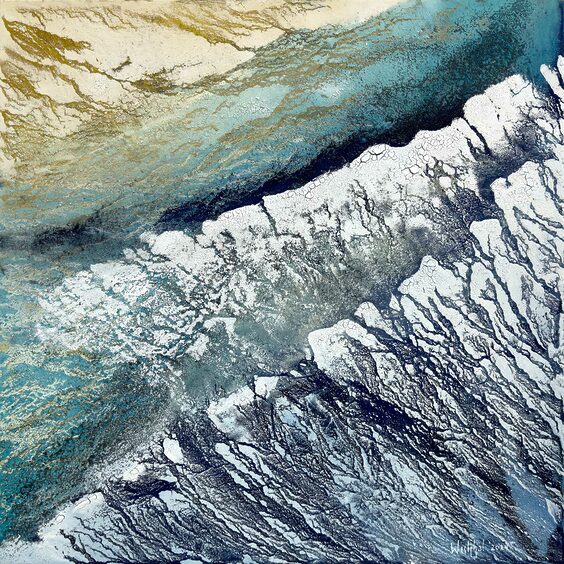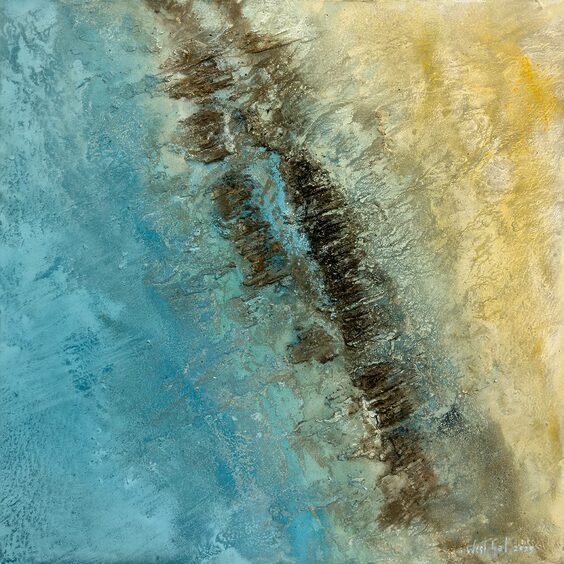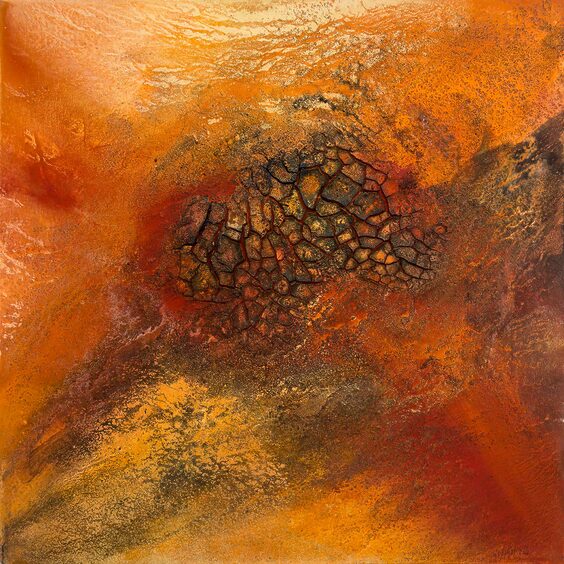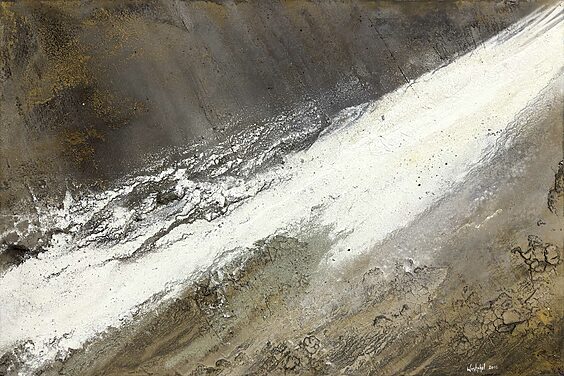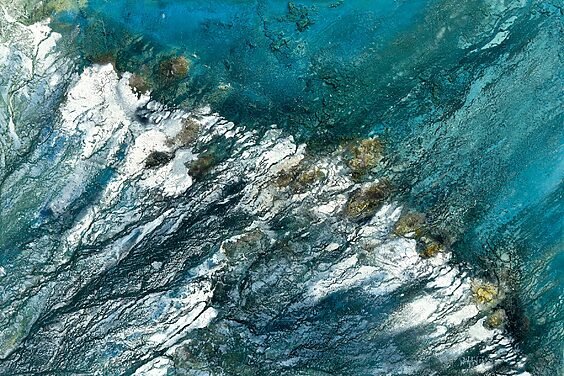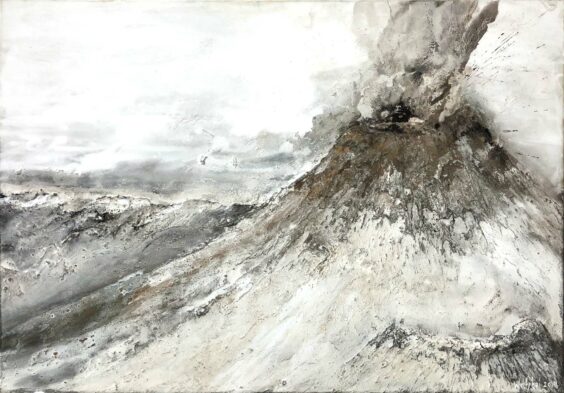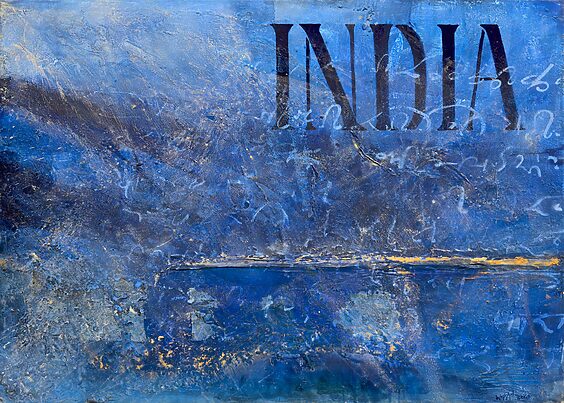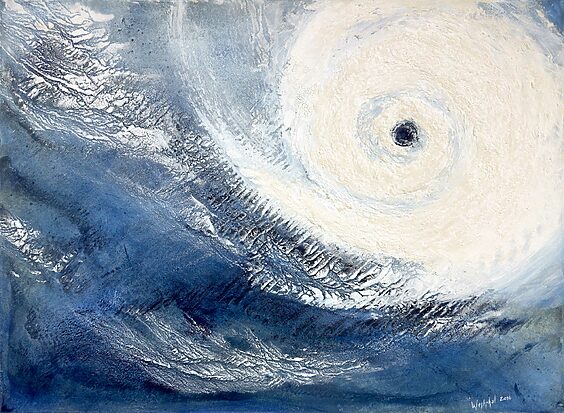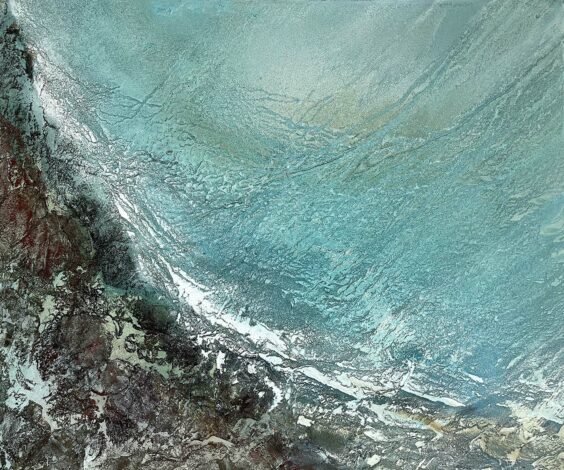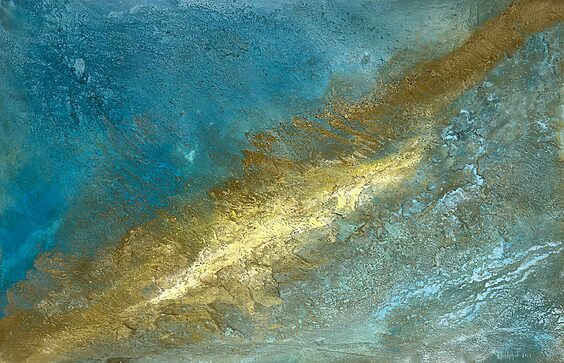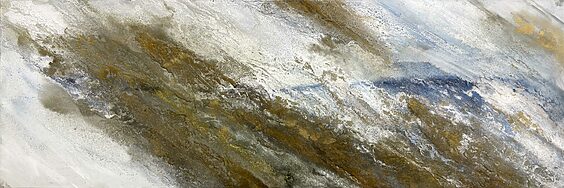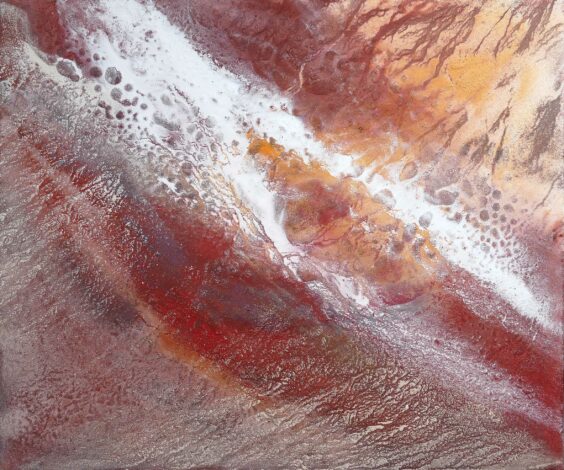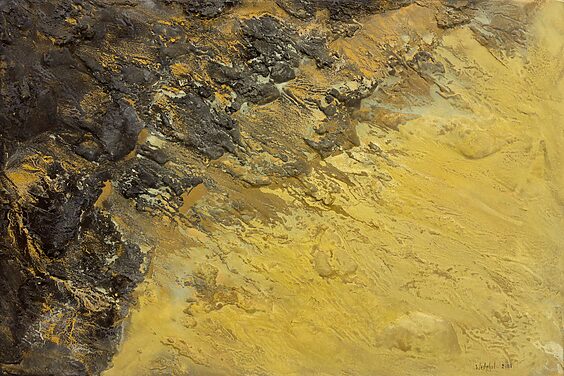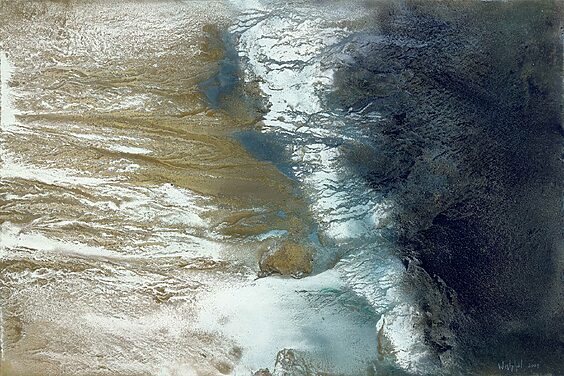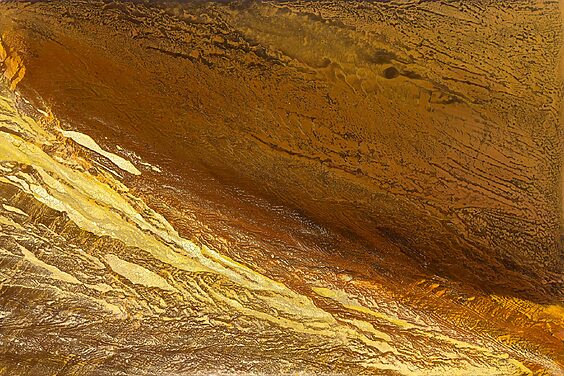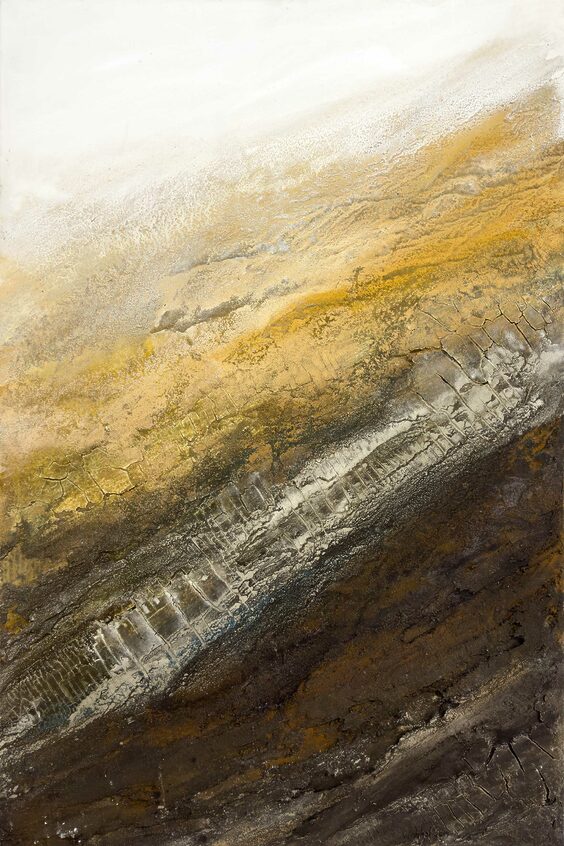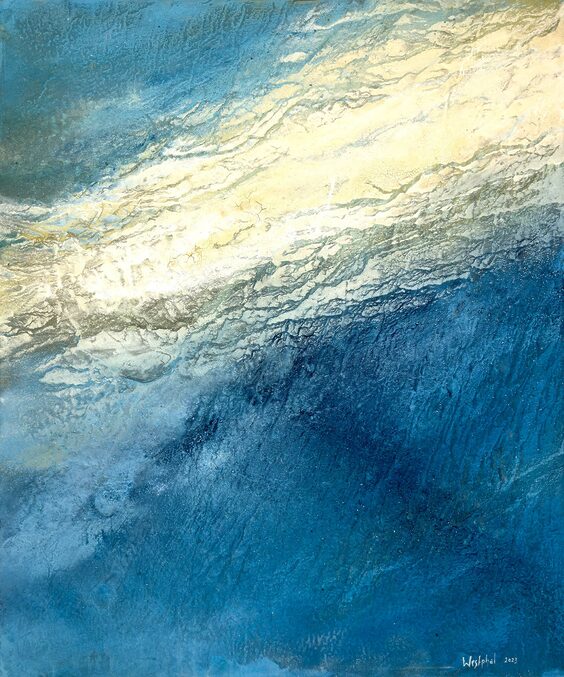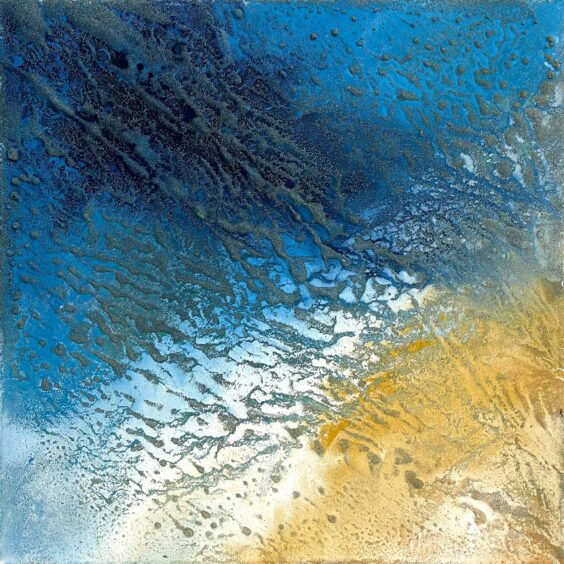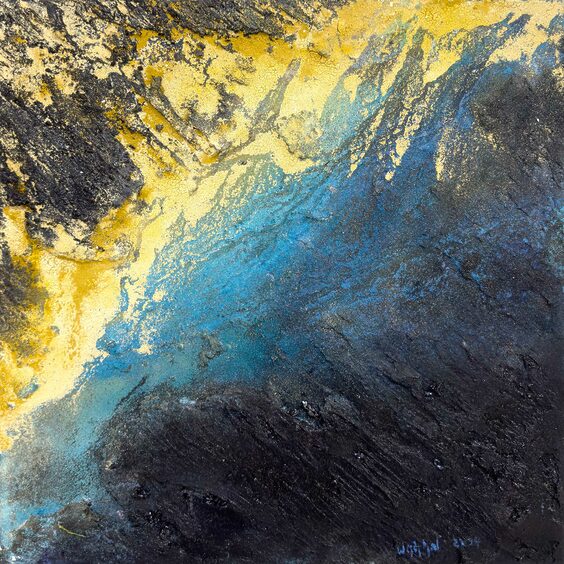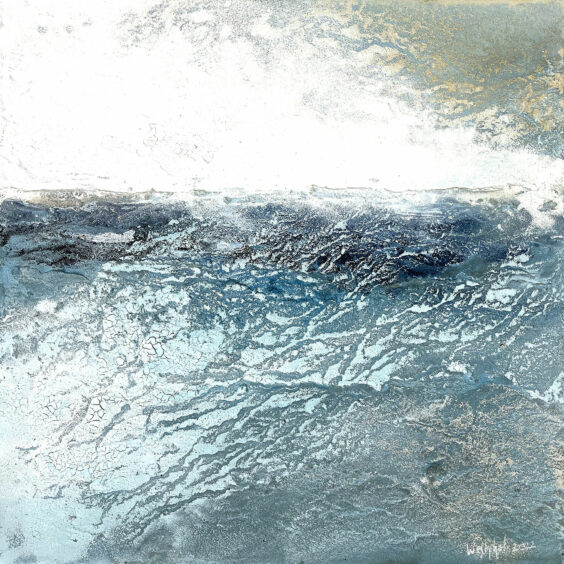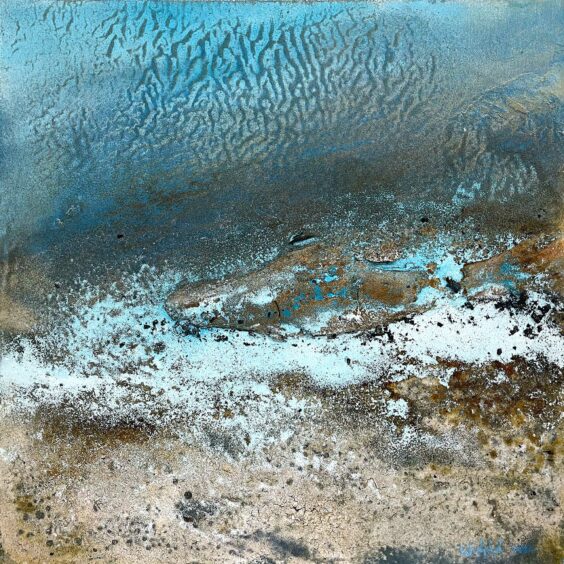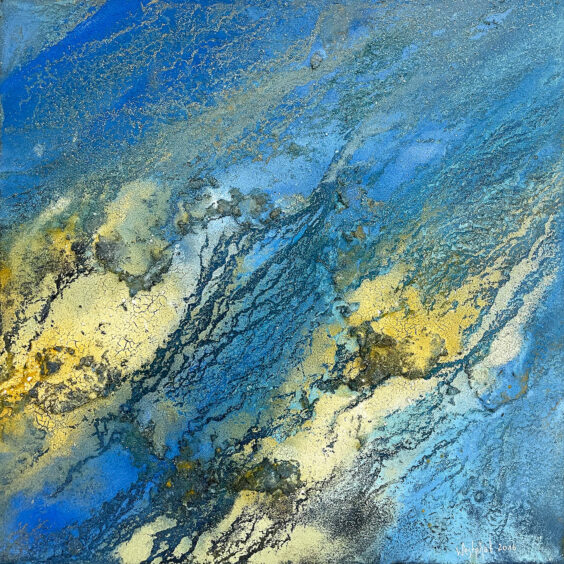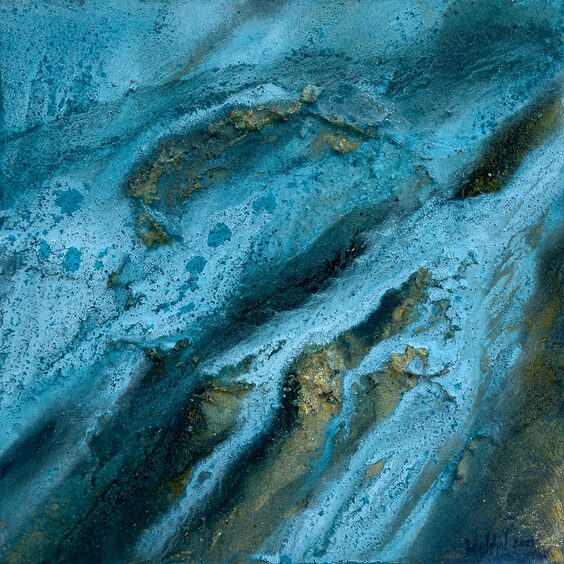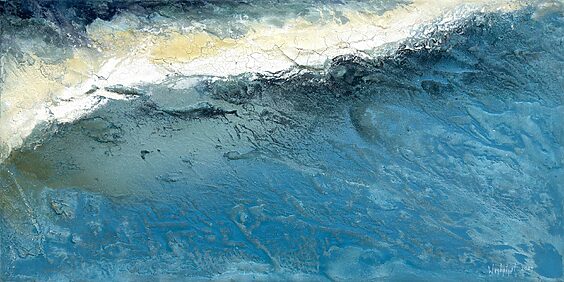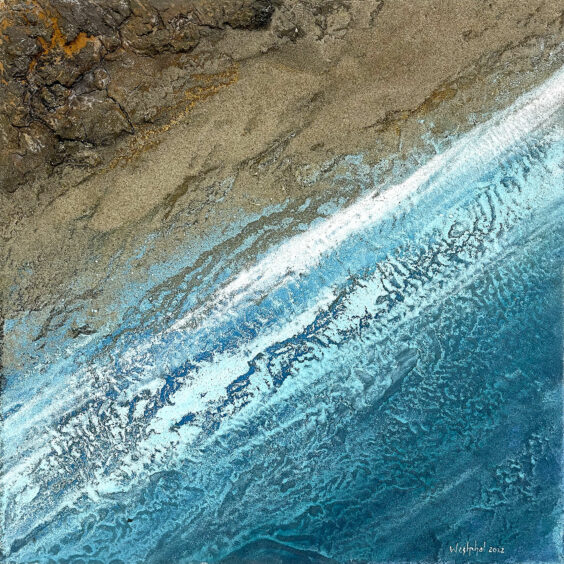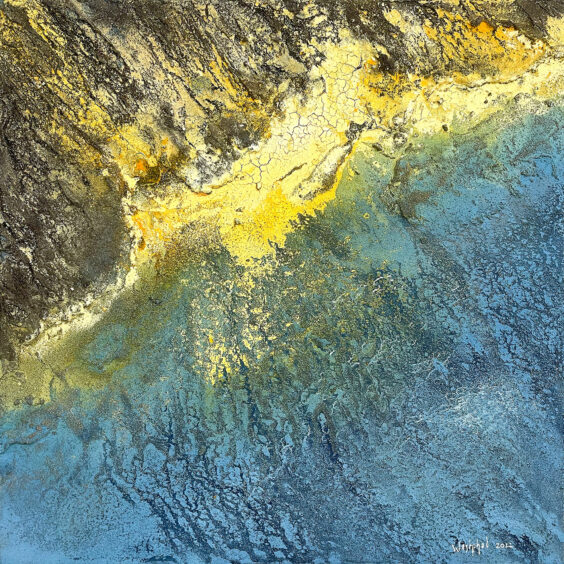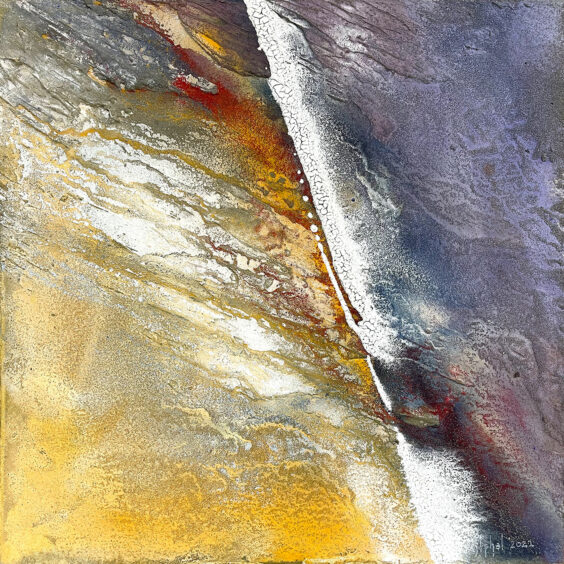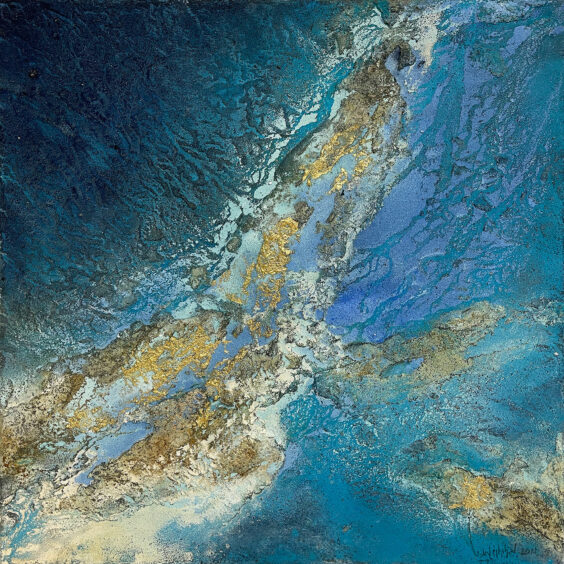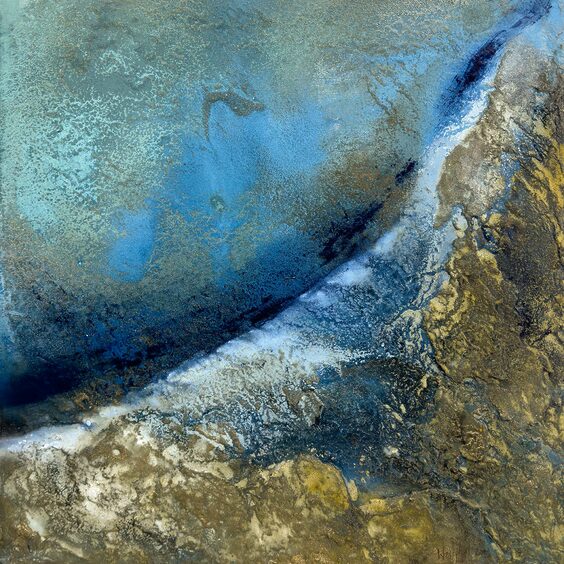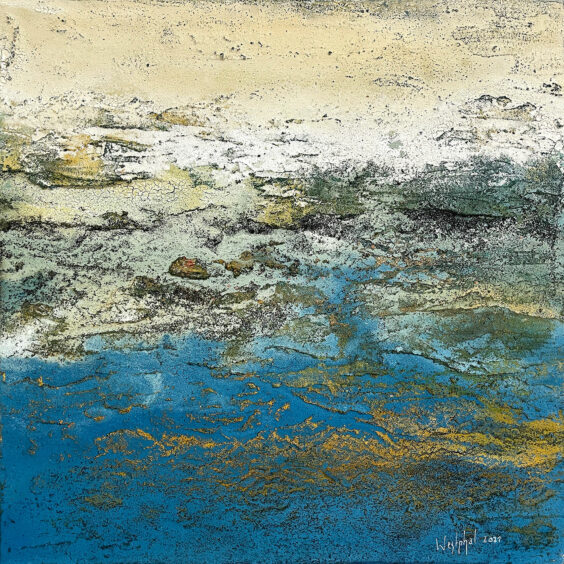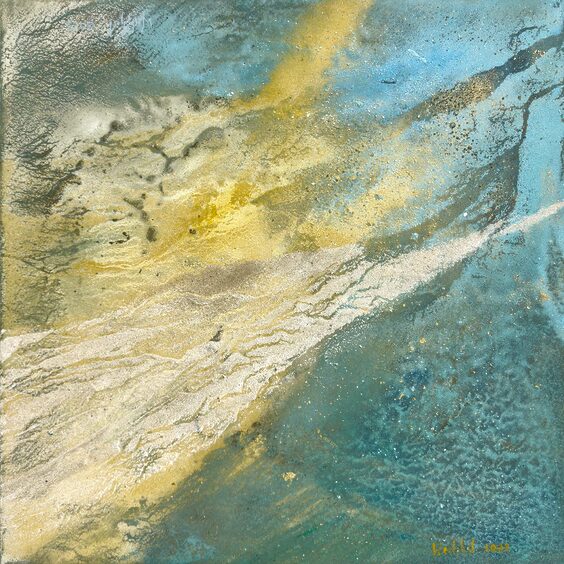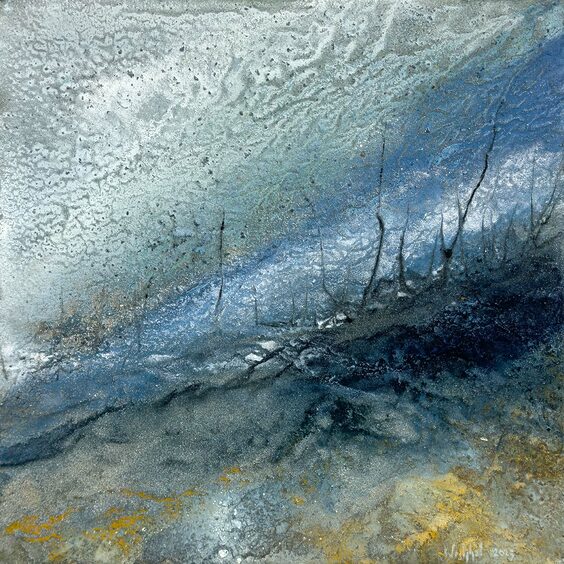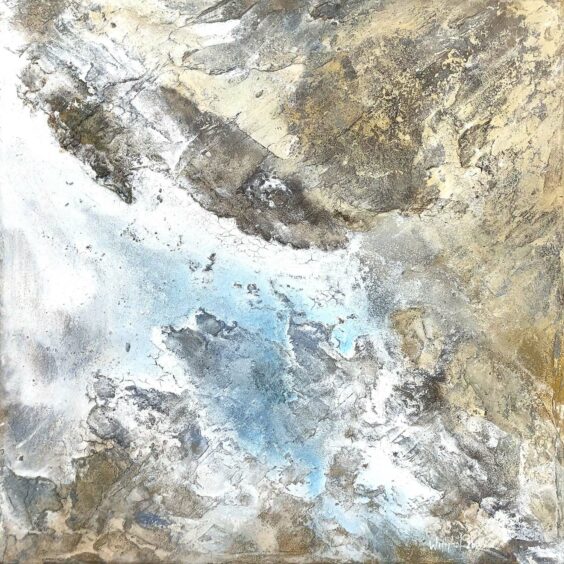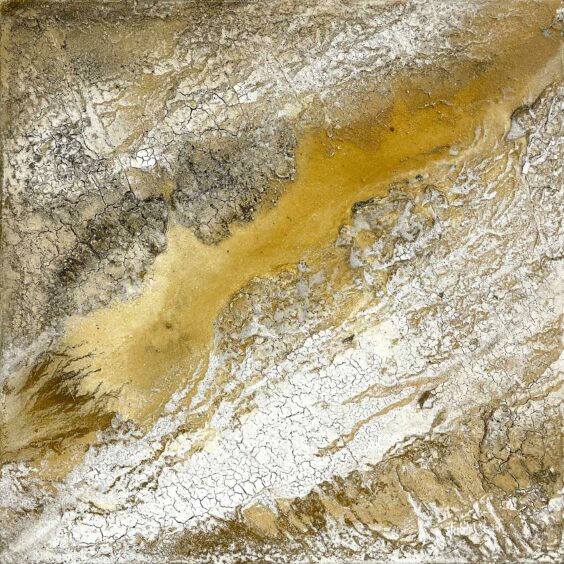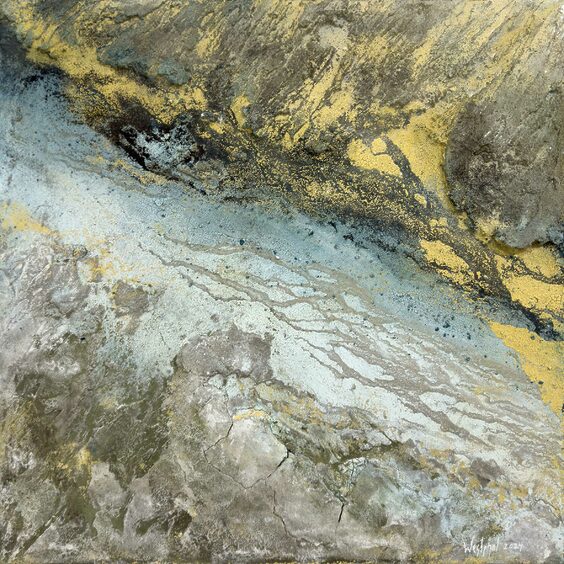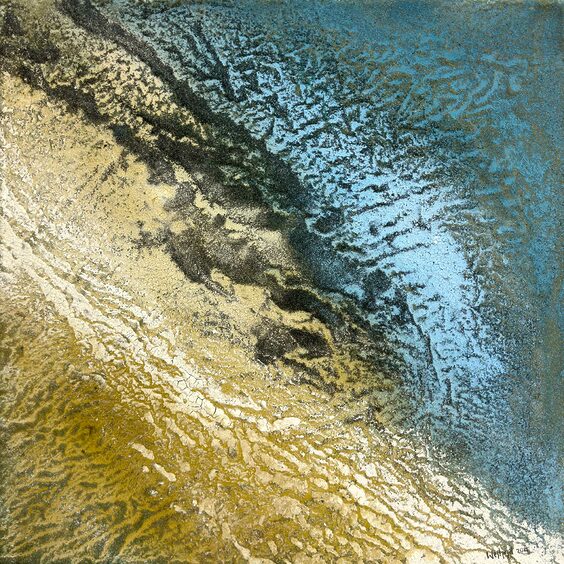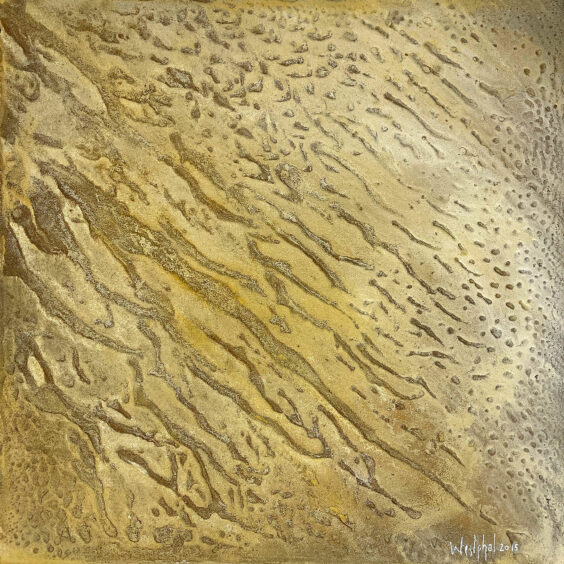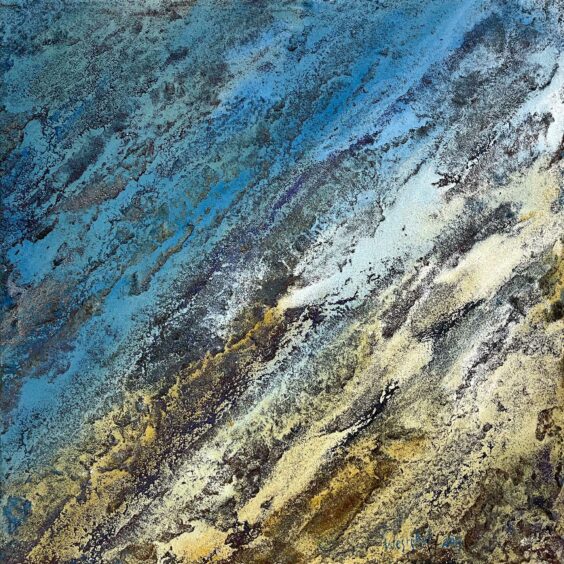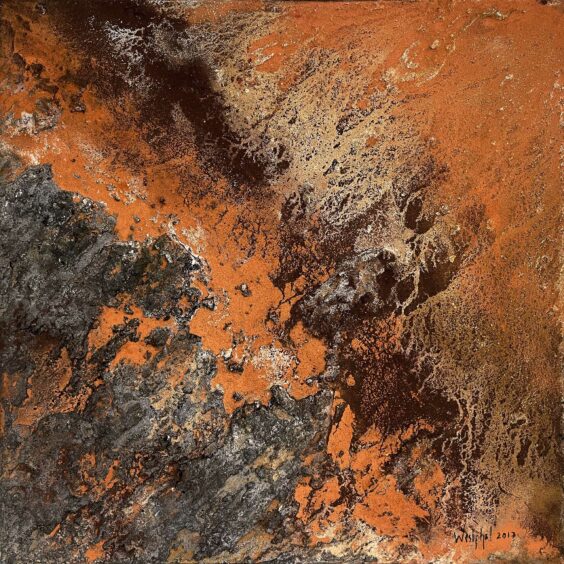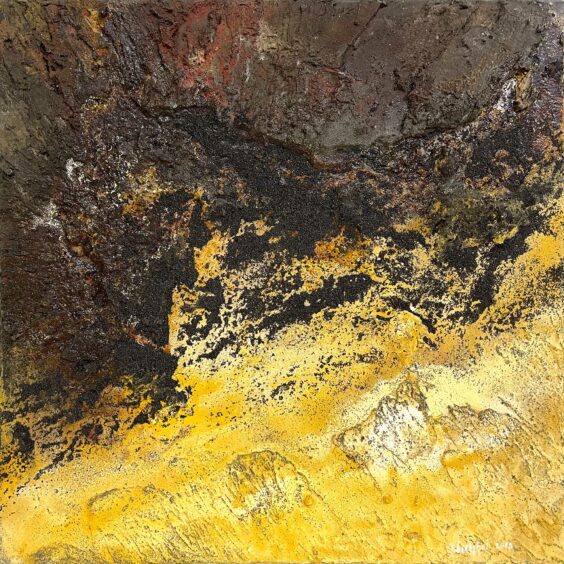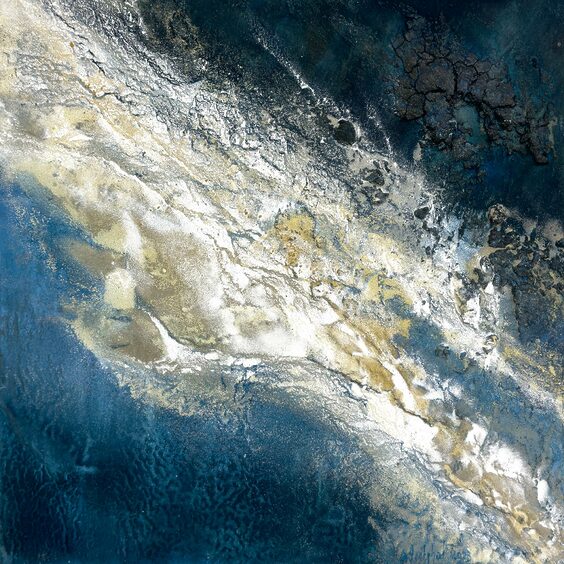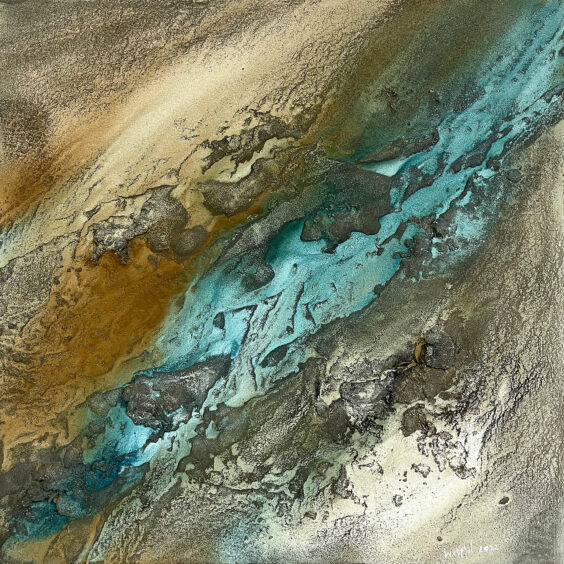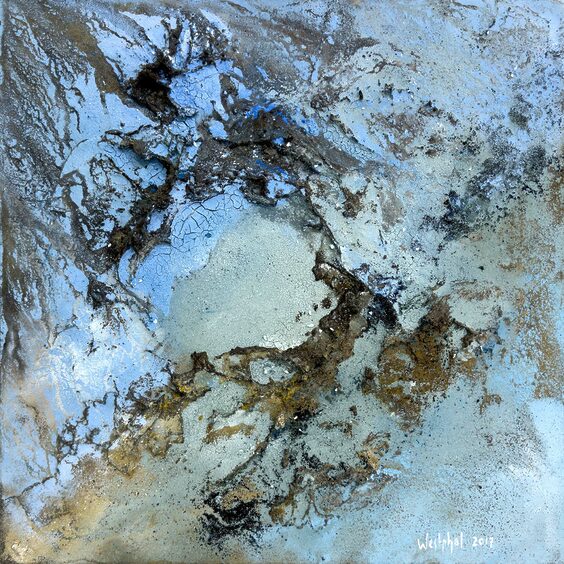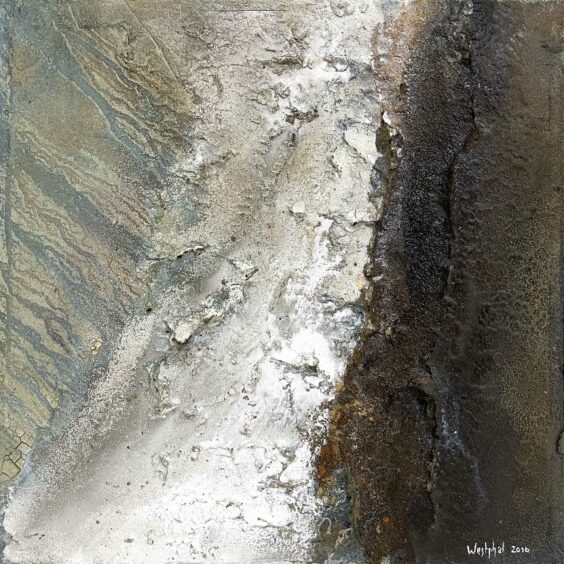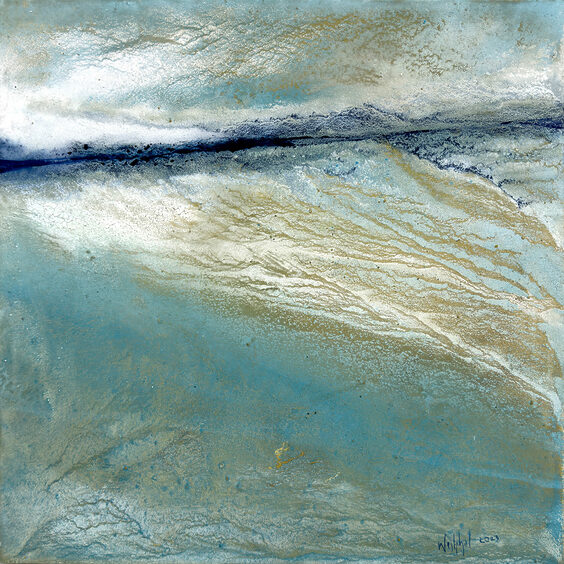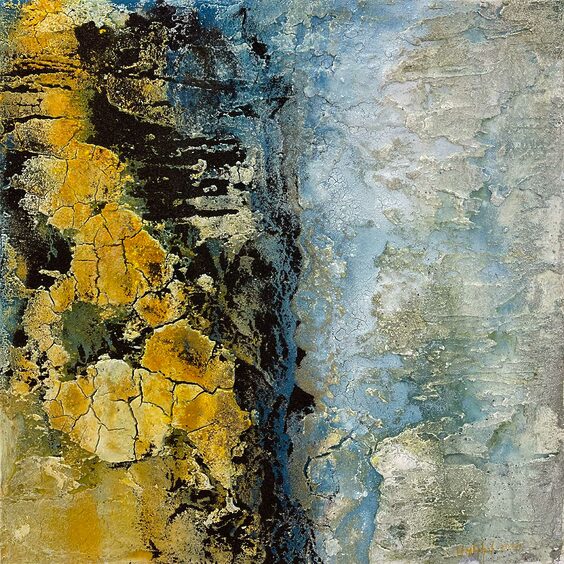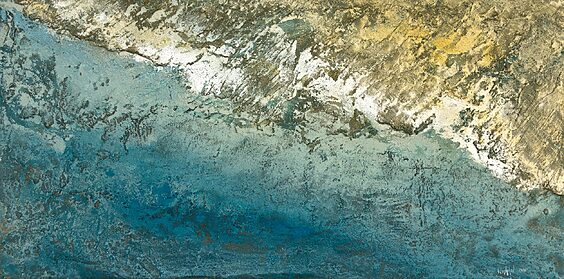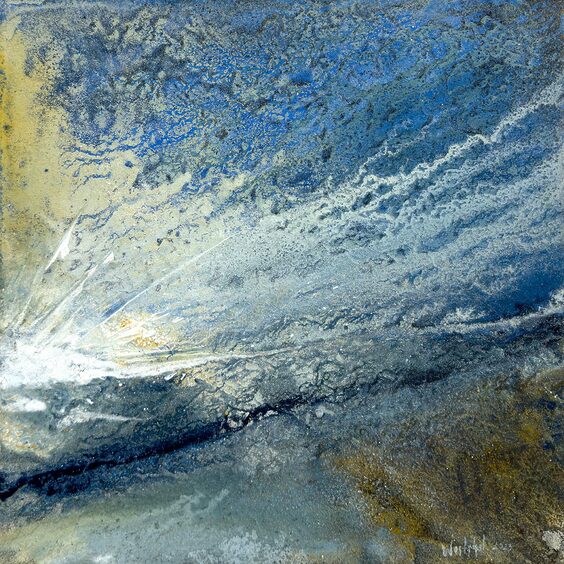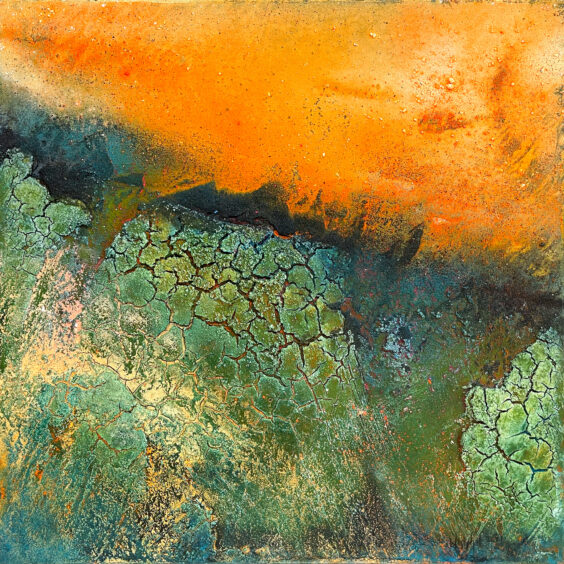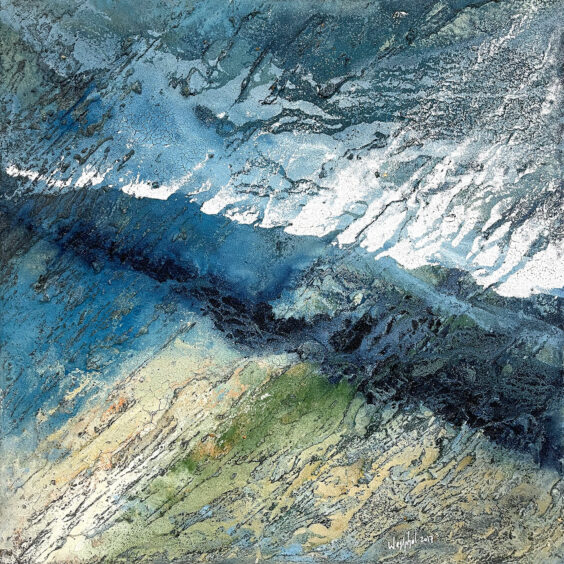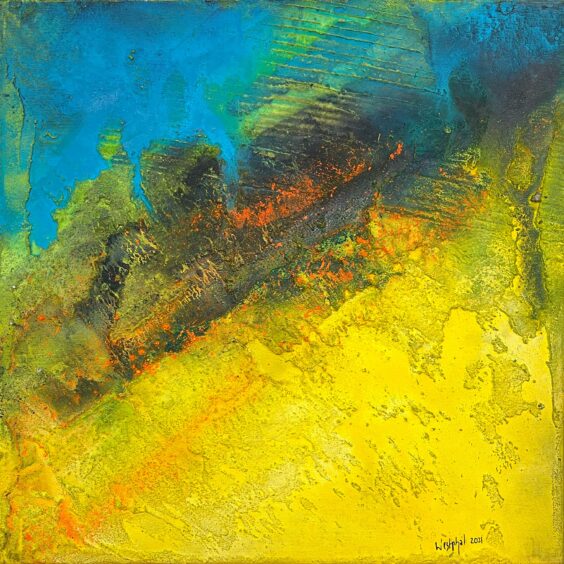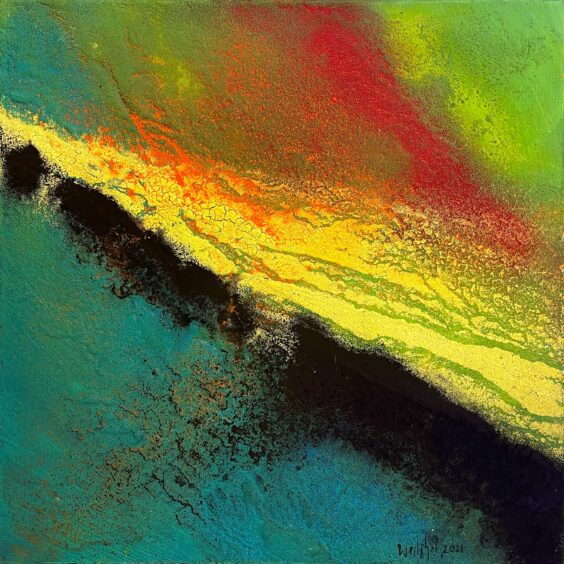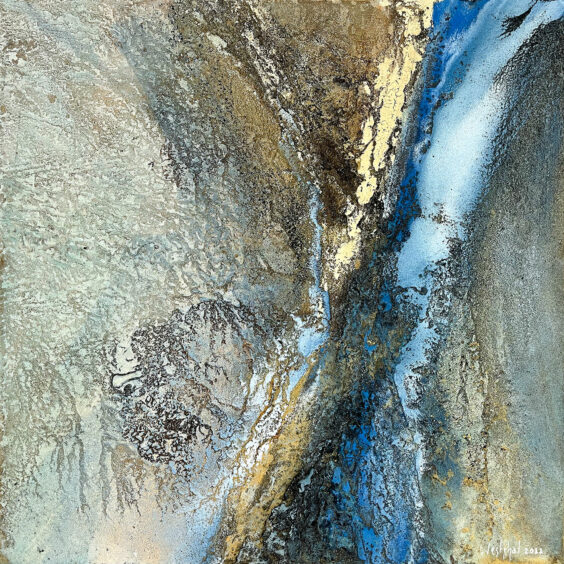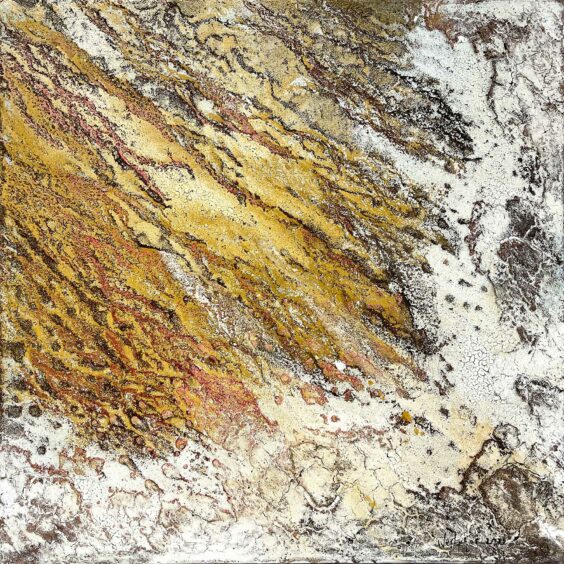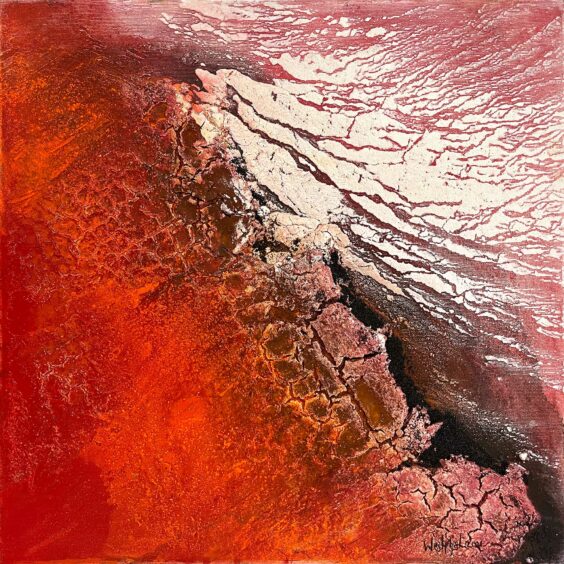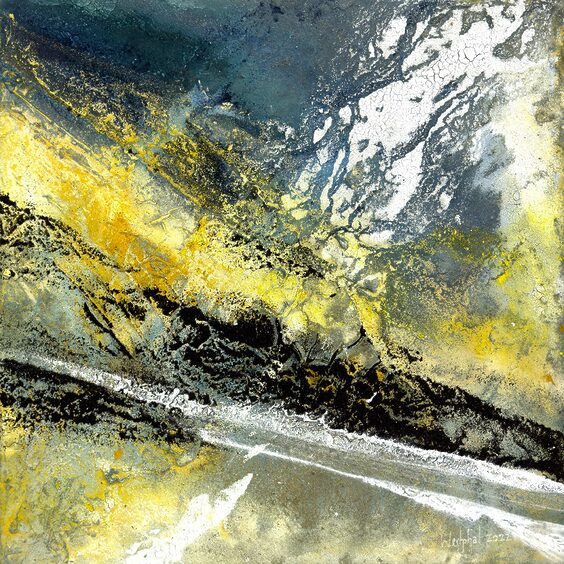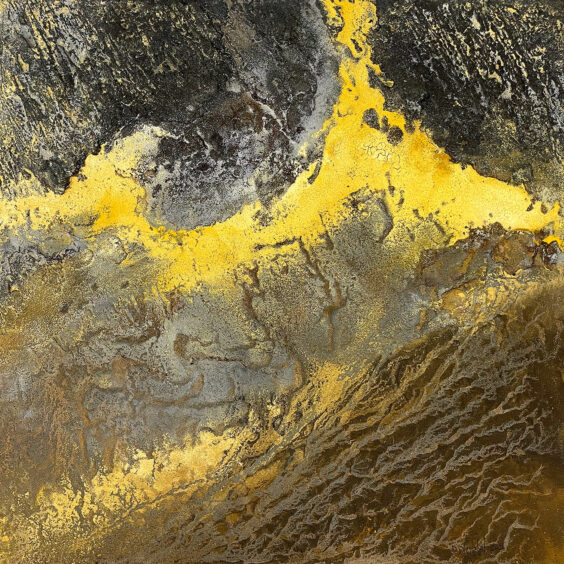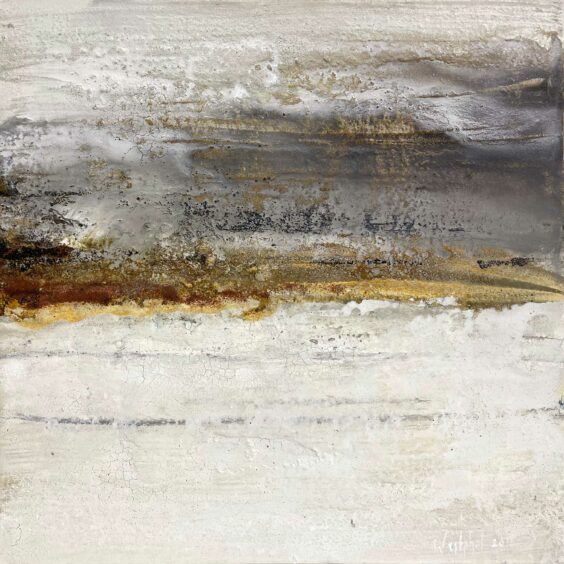Carsten Westphal
Contemporary art | Germany
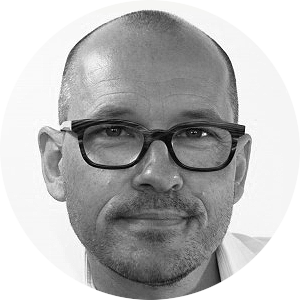
Vita
1963
Am 2. April in Hamburg geboren
1983
Erste großformatige Arbeiten
Arbeit in verschiedenen Ateliers
1986-94
Studium: Klassische Archäologie, Alte Geschichte, Vor- und Frühgeschichte
Philosophie. Abschluss: Magister Artium
Teilnahme an mehreren Ausgrabungen
Seit 1996
Freischaffender Künstler
Auf zahlreichen Ausstellungen im In- und Ausland vertreten
2003
Expeditionen in die Wüsten der Welt
Ziel: Alle Wüsten der Welt bereisen, um dort Kunstwerke vor Ort zu schaffen
2010
Reisen zu den Vulkanen der Erde, um auch dort vor Ort Bilder zu malen
2011
In den Bergwelten der Welt unterwegs, um an Gletschern und in den Bergen Materialbilder zu malen
Carsten Westphals Bilder befinden sich in öffentlichen und privaten Sammlungen und in Museen
Seit 2010 Lehrtätigkeit als Dozent in Deutschland, Österreich, Frankreich, Schweiz und Italien
Zahlreiche TV Auftritte, Portraits und Artikel über seine Arbeit in Zeitschriften und Zeitungen.
Single Exhibitions
Galerie Minsky, Paris, 2018
Galerie Kura, Hamburg, 2017
Galerie Ewa Helena, Hamburg, 2016
Galeria HMH, Port d’Andratx, Malorca, Spanien, 2016
Knoll, Meran, Italien 2016
Galerie Kura, Hamburg 2015
Messe Rostock, 2015
Dock One, Köln, 2013, 2014
Galerie KURA, Hamburg, März 2013
Galerie Harmstorf, Hamburg, September 2011
Elbschloss Residenz, Hamburg, Juni – August 2011
M-Art Galerie, Hamburg, März – Mai 2011
Museum für Völkerkunde, Hamburg, Dez. 2010
Red Gate Gallery, London, August 2010
Galerie M-Art, Mai/Juni 2010, Oktober 2010
Galerie Harmstorf, April 2010
Galerie M Art, Hamburg, November 2009
Regierungspräsidium am Rondell, Katalogpräsentation, Karlsruhe, 11. November 2009
Museum für Völkerkunde, „Das Glück der Weite“, Hamburg, 22. April 2009
Galerie M Art, Hamburg, April 2009
Galerie Harmstorf, Hamburg, Februar 2009 und September 2009
St. Simeon, „Der Weg in die Wüste“, Nacht der Kirchen, Hamburg, 15. September 2007
Museum für Völkerkunde, „Durch die Wüsten der Welt“, Hamburg, 24. Mai 2007
Streit’s, Jubiläumsausstellung, liquid lights, Hamburg, 14. März – 25. April 2007
Laeiszhalle, Hamburg, Kleiner Saal, 19. Dezember 2006
Galerie Baseler Hof, Hamburg, 10. Dez.2006
Galerie New Art, Hamburg, November 2006
Kultwerk West, Hamburg, Große Bergstrasse 162, 13. November – 17. November 2006
Fürstenberghaus, Münster, 6. Oktober 2006
Universität Lüneburg, 5. Oktober 2006
Kulturforum, Kiel, 4. Oktober 2006
Bad Segeberg, Rathaus, Bürgersaal, 3. Sep. 2006
Laeiszhalle, Kleiner Saal, Hamburg, 9. April 2006
Stellwerk, Harburg, 31.März. 2006
Galerie Moazipoor, Berlin, Fasanenstr. 29, 4. August 2005 – November 2005
St. Simeon Kirche, Alt Osdorf, Farbton, musikalisch-malerisches Experiment, Feb. 2005
Christuskirche, Eidelstedt, Farbton, musikalisch-malerisches Experiment, Jan. 2005
Galerie New Art, Hamburg, 2003
Kunstmeile (Preisträger), Hamburg 2003
Art meets Großneumarkt, 2003
St. Simeon, Alt Osdorf, Creatio ex nihilo, 2001
Elbdörfer Galerie, Hamburg, 2001
Gipsabgusssammlung des Archäologischen Instituts Hamburg, 1999
Galerie Babylon, Hamburg, 1997
Group Exhibitions
galerie luzia sassen, Köln, 2019
Galerie Kura, Hamburg, 2018
Messner Mountain Museum Corones, Italien, 2016
Alster Art, Hamburg, 2016
AAF Amsterdam, Holland, 2016
Verkehrsmuseum, Dresden, 2016
Literaturgalerie, Eutin 2016
Fabrik der Künste, Hamburg, 2015
AAF Amsterdam, 2015
Galerie KURA, Hamburg, 2014 / 2015 / 2016
Galerie Conzen, Düsseldorf, April 2014
Affordable Art Fair, Brüssel 2014
Galerie Hella Maria Höfer, Mallorca 2014 / 2015
Affordable Art Fair, Amsterdam, 2013
Mountain Messner Museum Firmian, Italien, Juli 2013
Affordable Art Fair, Hamburg, 15. – 18. November 2012
Galerie Hella Maria Höfer, Port d’Andratx, Mallorca, Spanien
Galerie F.G. Conzen, Düsseldorf, Mai – Juli 2012
Hanse Art Lübeck, Sonderausstellung, 16. – 18. März 2012
Ostsee Galerie, Timmendorfer Strand, 2011/2012
Atlantic Hotel, Hamburg, 2011
Alster ART, Hamburg, 14. November 2010, 13. November 2011, 10. November 2013
Galerie M-Art, Hamburg, Februar 2010
Museum für Völkerkunde, Wüstenzauber, Hamburg, 06. Dezember 2009
Alster ART, Hamburg, 15. Nov. 2009
Fabrik der Künste, Hamburg, 06.-08. November 2009
ElbArt, Hamburg 30.-31. Mai 2009
Galerie New Art, Hamburg, 2008
Alster ART, Oktober 2008
ElbArt, Hamburg, 07.-08. Juni 2008
Museum für Kommunikation, Hamburg, 03. – 07. Oktober 2007
Hanse Art, Künstlermesse Hamburg, 11. – 13. Oktober 2006
Künstlergarten, Hamburg, 28. August 2005/6/7/8/9/10/11
Pavillon Joséphine, Parc de l´Orangerie, Strasbourg, Frankreich, April 2005
Kunsthaus, Hamburg, 6. März 2005, Versteigerung zugunsten des Wiederaufbaus in Südasien
Ernst Barlach, Max Beckmann, Otto Dix, Oskar Kokoschka, Karl Hofer, Karl Caspar, Willy Jaeckel, Wilhelm Lehmbruck, Jörg Länger, Michael Kupfermann, Jörgen Habedank und Carsten Westphal, St. Simeon, Hamburg, 2004
Postergalerie, Hamburg, 2002
Publications
„Der Wüstenmaler Carsten Westphal – Sand. Weite. Stille.“, 2015. ISBN 978-3-00-047912-0
„Die Farben der Wüste“, Fotografien und Texte von Carsten Westphal, 2009
„Der Wüstenmaler“, Lithotec Oltmanns, 2008
Carsten Westphal
The desert painter
The rough and fine structures of the dried-out, torn soil, the burst coarse gravel, the sand dunes that the winds have formed, all this draws the artist Carsten Westphal to the deserts. Westphal travels to these landscapes by jeep, on camels or on foot in order to find the perfect location for painting: In the Sahara desert, the Indian desert Thar, on Mount Sinai in the Sinai desert, in the Arabian desert of Syria or on the desert islands Boavista and Sal in the Atlantic, the dried-out salt lakes, the coarse gravels of extinct volcanoes and in dried up, dusty rivers. He mixes the materials, which he finds there, the salt, the sand, the soil and the dust pigments, with colour pigments and bonding agents and applies them onto the canvas using trowels and brushes. Thus, he creates telluric landscapes, mirror images of the elementary powers, which created these landscapes, structure paintings, which can only develop like this in the deserts.
According to Paolo Bianchi's definition Carsten Westphal is the authentic, travelling artist of our time, who becomes the seismograph for the cultural change in the cultural self-conception of a new global culture. He is a searcher, an explorer. In his work he looks to detect the hidden, the truth behind the truth. He searches for the inherent principle of all things, for what is inherent to everything, for what moves everything. He traces the invisible power, which shows in the patterns and structures for a short period of time, such as in the sand dunes of the Sahara that are blown away.
Thereby, he is the catalyst, with the help of which the elementary powers manifest themselves in his pictures, when he kneels over the canvas in the hot desert sands, when he applies the colours, when the glistening colour layers solidify in the sun and the wind blows the fine sands onto the canvas. Art is adventure, says Carsten Westphal, and you can visualise it when he plods through the desert fully loaded with water, canvas and colours, when he talks of painting in coarse gravel as hot as hobs or in gigantic sand dunes at temperatures of about 50°C, struck by sand storms, where you never know if they will last for hours or days.
Westphal himself says, "The desert is menacing and still it is the basis for all being. It leads me back to the elementary things in life. The desert sharpens my senses and makes me aware of the limits of the human body. There is no landscape in our world, for which I feel more desire and passion, which at the same time challenges me more than the desert. It is the vastness, the enormous quiet, the absence of diversions, which create the perfect conditions for the concentration on the essential."…
It is in the desert, in particular, that Westphal experiences the well-orchestrated natural balance. There it became clear to him, "that our entire planet itself works like an organism." The message, which Westphal wants to convey in his pictures, is thus more than merely showing us the beauty of our planet. Westphal's paintings inspire to think about our role in the world and about the responsibility, which we as designers have in every part of the world. The maintenance of the untouched virgin landscapes is equally important as legacy for our descendants, as it is essential for the survival of the world's organism.
Westphal's visual metaphor is the circle. It recurs in many of his works. He had the inspiration for this when he got caught in an enormous sand storm in the Sahara. He sees the circle as a symbol for the dynamic and for the indefinite movement and at the same time for nothing, the untouchable, which is the origin and the centre of the world. It symbolises the being that does not appear and at the same time it stands for the spark of Godly fires that is hidden in the matters.
C.Cühl
Artworks by Carsten Westphal
Large scale
Artworks by Carsten Westphal
Large scale
-

Carsten Westphal
Abaco
-

Carsten Westphal
Askja
-

Carsten Westphal
Caibo
-

Carsten Westphal
Cayma
-

Carsten Westphal
Clavo
-

Carsten Westphal
Corila
-

Carsten Westphal
Khor el Ajram
-

Carsten Westphal
Lagona
-

Carsten Westphal
Mack
-

Carsten Westphal
Mata
-

Carsten Westphal
Minisun
-

Carsten Westphal
Nama
-

Carsten Westphal
Nossob
-

Carsten Westphal
Shayan
-

Carsten Westphal
Skaftafell
-

Carsten Westphal
Sophone
-

Carsten Westphal
Vraak
-

Carsten Westphal
Walhalla
Artworks by Carsten Westphal
Small scale
-

Carsten Westphal
Amrani
-

Carsten Westphal
Arian
-

Carsten Westphal
Askjator
-

Carsten Westphal
Back Fish
-

Carsten Westphal
Bolar
-

Carsten Westphal
Caboun
-

Carsten Westphal
Caimou
-

Carsten Westphal
Calador
-

Carsten Westphal
Calani
-

Carsten Westphal
Calino
-

Carsten Westphal
Cavoli
-

Carsten Westphal
Cotago
-

Carsten Westphal
Djerila
-

Carsten Westphal
Djim
-

Carsten Westphal
Fina
-

Carsten Westphal
Gebel Imka
-

Carsten Westphal
Gola
-

Carsten Westphal
Isfan
-

Carsten Westphal
Janoma
-

Carsten Westphal
Lamoin
-

Carsten Westphal
Manzinio
-

Carsten Westphal
Margoo
-

Carsten Westphal
Marsa
-

Carsten Westphal
Miloan
-

Carsten Westphal
Mobon
-

Carsten Westphal
Mutuu
-

Carsten Westphal
Myno
-

Carsten Westphal
Oluru
-

Carsten Westphal
Quaran
-

Carsten Westphal
Samdai
-

Carsten Westphal
Saslo
-

Carsten Westphal
Skoga
-

Carsten Westphal
Surcouf
-

Carsten Westphal
Tando
-

Carsten Westphal
Tjörnin
-

Carsten Westphal
Tonga
-

Carsten Westphal
Umfulana
-

Carsten Westphal
Vami
-

Carsten Westphal
Vimonu
-

Carsten Westphal
Walvis
-

Carsten Westphal
Whiteou
